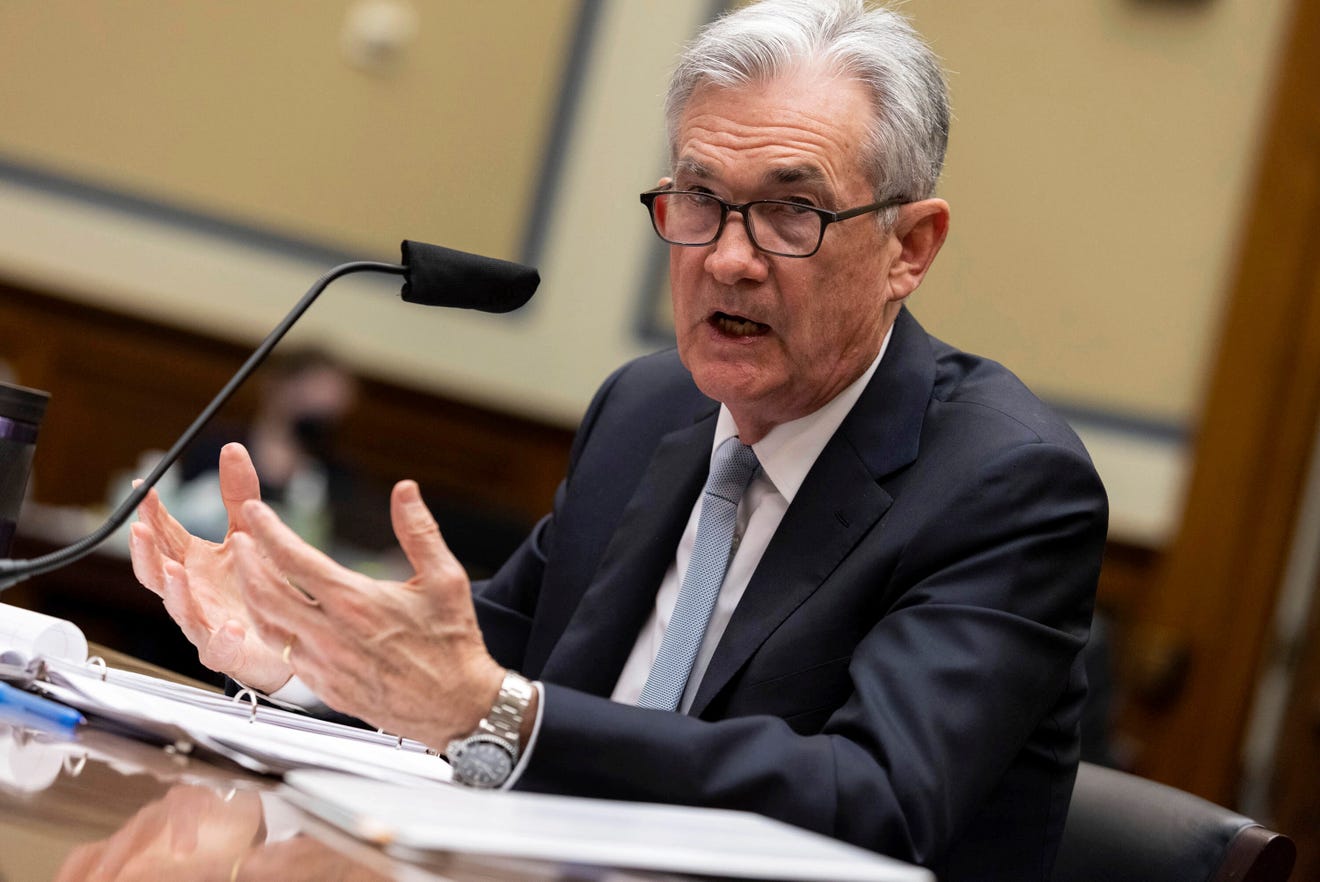On Friday Federal Reserve Chairman, Jerome Powell, sent a very strong message that our central bank could begin reducing its current $120 billion monthly purchases of bonds this year. The ultimate decision will depend upon two conditions: (1) the United States will continue to enjoy “clear progress in the recovery of our labor market” and (2) our inflation challenges remain transient rather than permanent.
The Dow Jones, NASDAQ, and the S&P 500 rose sharply following his announcement. Powell said he is in no hurry to raise current short-term rates from near zero until late in 2022.
A jittery Wall Street welcomed Powell’s comments. Investors, policymakers, and economists have concerns about economic damage from the surge in Covid-19 cases. The highly transmissible Delta strain has slowed down America’s recovery.
Fed policymakers hold different positions on (1) when the “tapering process” should begin, (2) by how much the Fed should reduce their purchases, and (3) when bond purchases will cease altogether.
Powell has provided his reasons for believing our inflation surge is transient. However, other central bankers and the White House have raised their concerns about increasing price levels. Friday, the Biden administration said that both economic growth and inflation will reach their highest levels of this year. The Office of Management and Budget (OMB) said it expected inflation-adjusted growth to reach 7.1% for the year, up almost 2% over their last projection. The administration has raised its forecasts of the Consumer Price Index (CPI) to 4.8% for 2021. This revised inflation projection is double the administration’s initial forecast of 2.1% for this year.
To clarify what 5% inflation means in layman’s terms, if prices rise 5% for one year, the same basket of goods that cost $100 today will cost you $105 in one year. If prices rise 5% for each of the next ten years, this same shopping basket will cost $163. From an after-tax perspective, a person would need to double their income over the next decade to pay for this basket of goods—a formidable challenge!
Despite the OMB forecast, Chairman Powell reiterated his belief that the White House and the Fed remain unified in their positions that the high inflation rate will be temporary. Powell admitted he was surprised on two fronts: (1) by our high inflation number and (2) that it lingered longer that he initially anticipated.
Powell provided the following four reasons why he believes our high inflation rate is temporary:
- Inflation is coming from sharply higher prices in a limited number of sectors, particularly goods and services. These were hard hit by the coronavirus pandemic. Now that our economy is recovering, these same sectors are experiencing very strong demand.
- Prices of cars and other durable goods are dropping after skyrocketing this summer.
- Wages are rising but not faster that productivity gains. Powell emphasized we are not suffering from wage-push inflation.
- Factors such as aging populations in the United States and other developed countries, globalization, and advancements in technology are pushing down prices not only in the United States, but globally.
The Federal Reserve and the OMB expect not only stronger growth this year but also for the rest of the decade. Assuming Congress passes an infrastructure bill and a larger spending bill, many economists project growth averaging 2.2% over the next decade, up from 2%.
Powell is certainly walking a tightrope. He needs to be the financial Nik Wallenda. For decades, Wallenda has entertained his hometown admirers in Sarasota with his high wire skills. The Fed must support our economy which is still reeling from the pandemic and yet, not ignite long-term inflation above 2%.
If Powell succeeds, he deserves our applause. Hip, Hip, Hooray!
Originally published in the Sarasota Herald-Tribune




